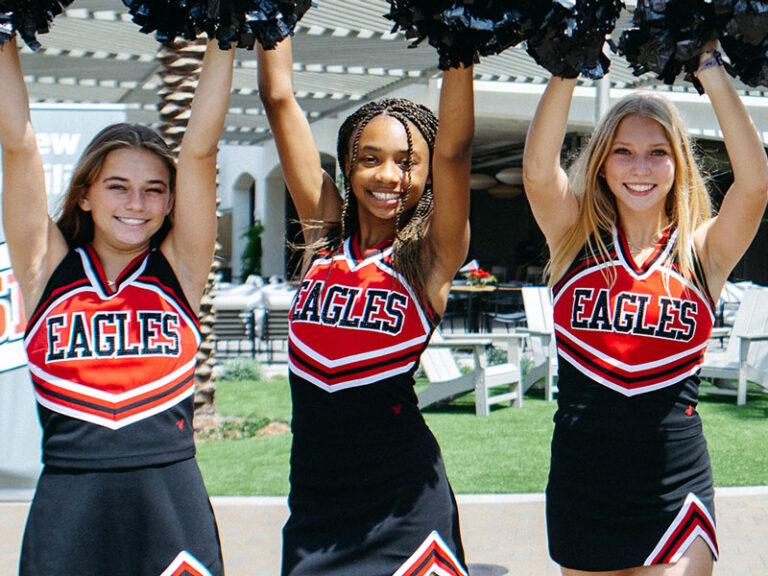Santa Fe Christian Schools (SFC) has a special place where K-5 students have the opportunity to learn new math skills, build robots, and conduct science experiments. Since 2007, the Elementary School Science Lab has been a place for enabling hands-on exploration aligned to classroom study.
Kelly Bickley, SFC’s Elementary School Science Lab teacher, oversees the lab and explains the tremendous opportunities it provides for STEM (Science Technology, Engineering, and Math) comprehension, development, and continuity through active participation. “For example,” she says, “second-grade students may have been learning all about matter and their properties. To further their investigation, students are then challenged with making ice cream crystals to investigate how matter can change. The Science Lab is a place where students are given real-life, hands-on exploration opportunities to ignite their curiosity to further explore and learn. The much-anticipated culminating activity at the end of the year is the Elementary School’s ‘Dissection Days,’ where kindergarteners dissect a pickle, 1st graders dissect a grasshopper, 2nd graders dissect a squid, 3rd graders dissect a cow eye, 4th graders dissect a fish, and 5th graders dissect a pig heart.”
Santa Fe Christian constantly challenges itself to focus on developing relevant lessons with a future-focus, along with providing the tools necessary to support those academics.
As part of that effort, the Science Lab moved locations this year and underwent a major remodel. Cutting-edge equipment and supplies were added to stay one step ahead of the STEM curve, in anticipation of future job demands of our graduating students. The supply roster includes Dash robots, a 3-D printer, a magnetic wall, a Lego wall, Snap Circuits, and many new STEM learning and exploring toys for students of all ages. Students will now have opportunities to code on iPads, and design on Tinkercad for producing 3-D print objects, along with many other hands-on learning challenges.
All Elementary School teachers have the opportunity to bring their students to the Science Lab for their own lessons. For example, Mrs. Cagle, 2nd-grade teacher, taught a lesson on how spider webs are formed, then challenged her students to actually design a web within an engineering context. The Science Lab gives teachers a place where supplies are readily accessible, and messes are encouraged.
Once a month, the lab is open at lunchtime. Each month, a different group of students will be selected and given the opportunity to come and explore whatever they might be interested in. Bickley says, “I have called this special hour ‘MakerTime’. I have had students coding our robot, Dash, to students using recyclables to design binoculars.” Creativity, experimentation, and collaboration are enthusiastically encouraged and mentored here.
When asked about her long-term goals for the future of the Science Lab, Bickley says, “As the roles of science, mathematics, and technology grow in our society, my vision is to constantly provide students with relevant content and rigorous learning experiences that will make them constantly curious about the world around them and ultimately, will prepare them for the future. By providing children with innovative engineering design challenges, they learn naturally to question and solve problems.” She adds, “I also want them to know that God is in all the details in the world around them, and that science is not just found in a textbook, but everywhere they look.”
SFC also has a Robotics program that is happening now. For the first time ever, the school is piloting a Jr. FLL (First Lego League) program for 2nd graders, along with three teams from grades 4-7. FLL Robotics is a worldwide program where students learn to program an EV3 Mindstorm robot, along with creating a problem/solution scenario revolving around the year’s theme. This year’s theme is “Into Orbit,” where students are tasked with researching possible challenges that astronauts might face — either physically or socially in a long-term mission — and to discover a solution. Students will compete throughout San Diego County schools. It all adds up to lots of fun while students learn to apply STEM concepts, use their imagination, and apply critical thinking, team-building, and even presentation skills.






